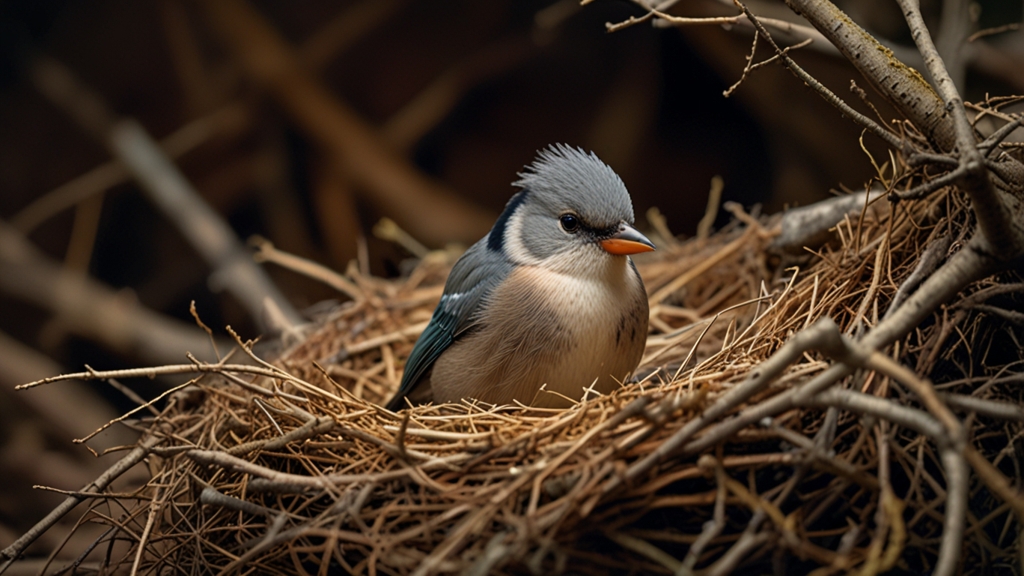Women of the Vietnam War: Fighters, Nurses, and Spies
The Vietnam War, one of the most contentious conflicts of the 20th century, has often been portrayed through the actions and experiences of men. However, women played significant and multifaceted roles that were vital to both the North Vietnamese and South Vietnamese struggles. Females served as fighters, nurses, and spies, exemplifying bravery and resilience in a war-torn landscape.
Fighters
In North Vietnam, women were actively recruited and trained to fight alongside men. The Vietnam Women's Union reported that approximately 1.5 million women participated in the war effort as members of the armed forces or in other capacities. Women served in the Vietnamese National Liberation Front (Viet Cong) and the People’s Army of Vietnam (PAVN), taking part in combat operations, laying traps, and performing reconnaissance missions.
“I learned to fight and repair weapons. I was proud to keep our soldiers' spirits high. When the enemy came, I wanted to be ready to fight.” – Nguyen Thi Dinh, a prominent female commander.
Nguyen Thi Dinh was one of the first female generals in North Vietnam. She played a key role in orchestrating guerrilla activities and in mobilizing the local populations. These women fighters were crucial in maintaining the morale and operational effectiveness of the Vietnamese forces.
Nurses
Both in the Communist North and the US-backed South, women served as nurses, providing critical medical care under harrowing conditions. In many cases, these nurses worked on the front lines or in makeshift hospitals deep within the jungle.
For these women, the work was grueling. Supplies were often scarce, and the medical challenges ranged from tending to life-threatening injuries caused by bombardments and guerrilla tactics to dealing with tropical diseases endemic to the region. Despite these odds, nurse teams managed to save countless lives.
"It was not uncommon to perform surgery without adequate anesthesia or proper medical tools. We had to improvise to save lives." – Le Thi Hong, a war nurse.
American women also served as nurses in the South, enlisting in the Army Nurse Corps and civilian medical units. They faced the same dangers as their male counterparts, including the constant threat of enemy fire and bombardments. Their dedication provided solace to wounded soldiers and also helped save lives in numerous field hospitals scattered throughout the region.
Spies
The war's clandestine aspect was equally critical, and women were indispensable in intelligence-gathering missions. Female spies often used their perceived non-threatening roles to infiltrate enemy lines and gather pivotal information.
In the North, members of the Viet Cong like Pham Xuan An, although male, often collaborated with female operatives to gather strategic intelligence. Women disguised themselves as peasants, market vendors, or even housewives, thereby gaining access to restricted areas without arousing suspicion.
“I passed information hidden in clothing or in food containers. We felt the weight of every piece of information; it was like carrying our nation's fate in our hands.” – Dang Thuy Tram, a civilian turned informant for the Viet Cong.
In the South, women also provided vital support for the United States and South Vietnamese forces. They worked as interpreters, typists, and clerks, roles that allowed them to access and pass along critical information about enemy movements and plans.
Conclusion
The roles of women in the Vietnam War were many and varied. As fighters, they stood shoulder to shoulder with men on the battlefield; as nurses, they healed and comforted the wounded; as spies, they gathered crucial intelligence that could turn the tide of the conflict. Their contributions were monumental, and their stories are a testament to the complex and multifaceted roles women can and do play in times of war.
Women of the Vietnam War serve as enduring symbols of courage and resilience, and their legacy continues to inspire new generations in the long, ongoing struggle for peace and justice around the world.








